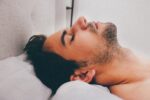Circadian
BIOS Lighting Blog
Have questions? We’re here to help.
We know choosing the right Circadian Lighting solution for your project can be challenging. That’s why our lighting experts are standing by to answer any questions you have, at any time.













